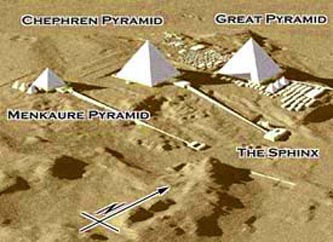
The largest, and best known Sphinx lies near the Great Pyramid in the Giza Valley Plateau, situated about six miles west of Cairo. It is the largest single sculpted statue in the world, carved from the bedrock of the plateau.
The Western name "Sphinx" was given to it in antiquity based on the legendary Greek creature with the body of a lion and the head of a woman, though Egyptian sphinxes have the head of a man. The ancient Greek term itself is postulated to be a corruption of the ancient Egyptian Shesep-ankh. This name was applied to royal statues in the Fourth Dynasty, though it came to be more specifically associated with the Great Sphinx in the New Kingdom.
In medieval texts, the names balhib and bilhaw referring to the Sphinx are attested, including Egyptian historian Maqrizi, which suggest Coptic constructions. The Egyptian Arabic name Abul-Hol, which translates as Father of Terror, came to be more widely used.
We do not known the name ancient Egyptians called the statue. It is referred to circa 1500 B.C.E. as Hor-em-akht - Horus in the Horizon, Bw-How Place of Horus and also as Ra-horakhty Ra of Two Horizons.
The Sphinx faces due east, with a small temple between its paws. The temple resembles the sun temples that were built later by the kings of the 5th Dynasty.
There are no inscriptions on, or in the Sphinx to indicate who built it.
Based on the current head, many researchers have concluded that the Sphinx was built by the Pharaoh Khafre - Chephren in the 4th Dynasty around 2500 BC.
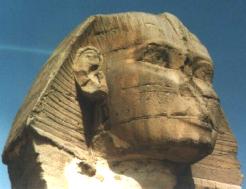
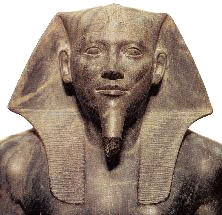
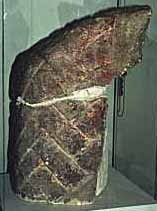
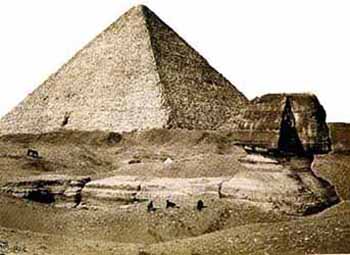
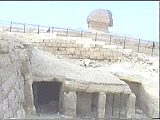
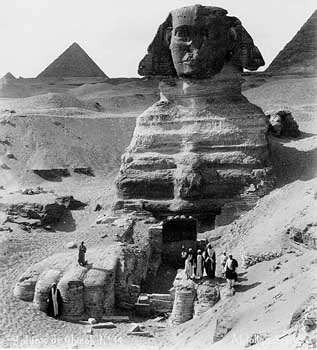

The original topic : travel $ tourism

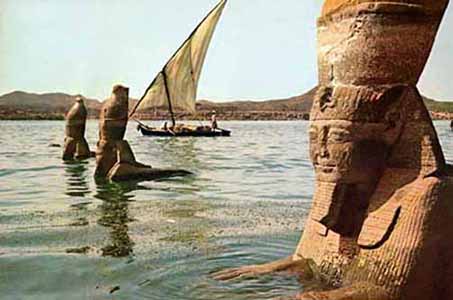
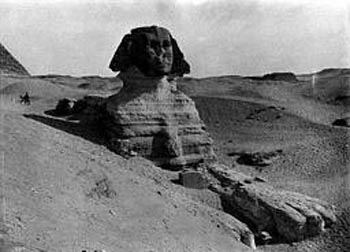
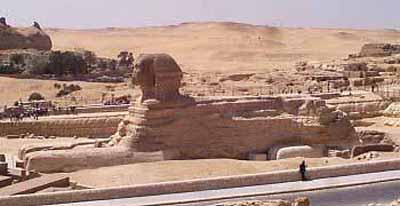
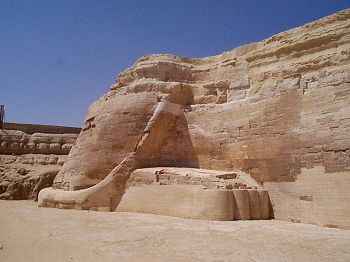
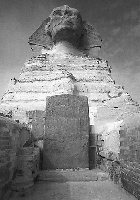
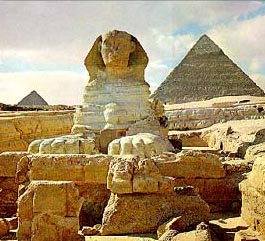

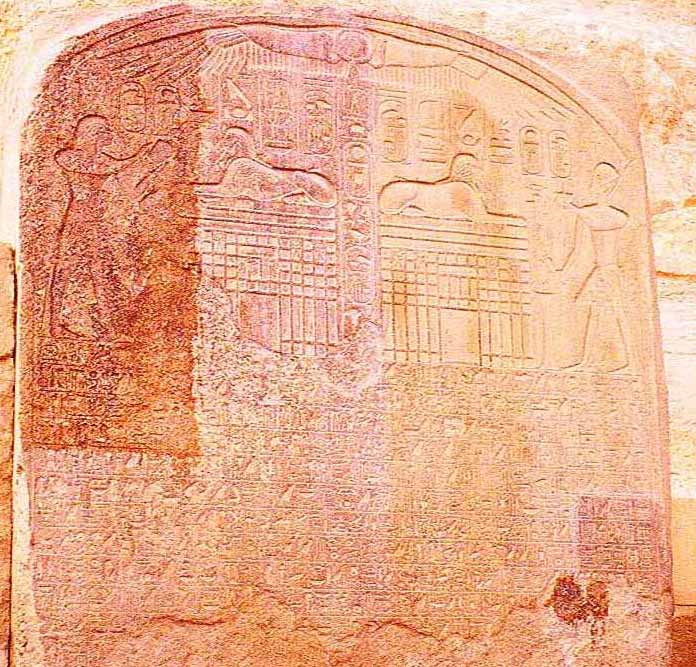
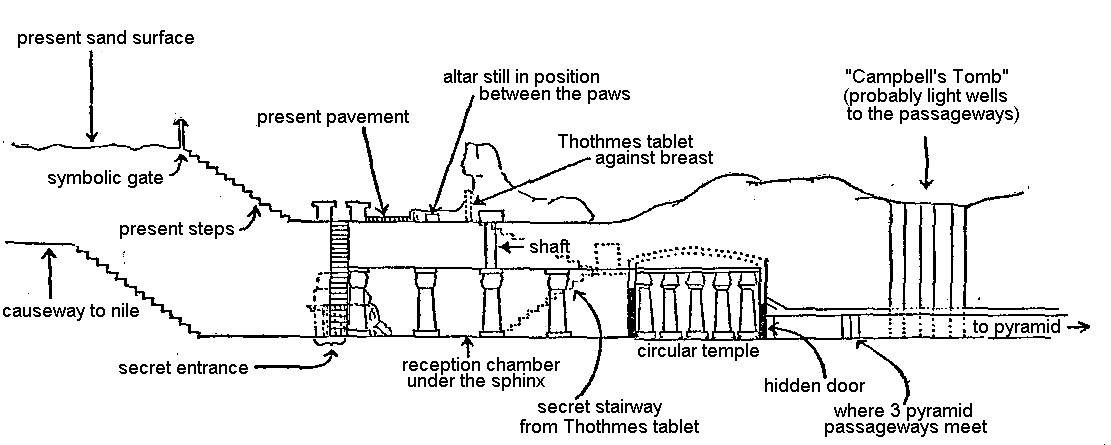
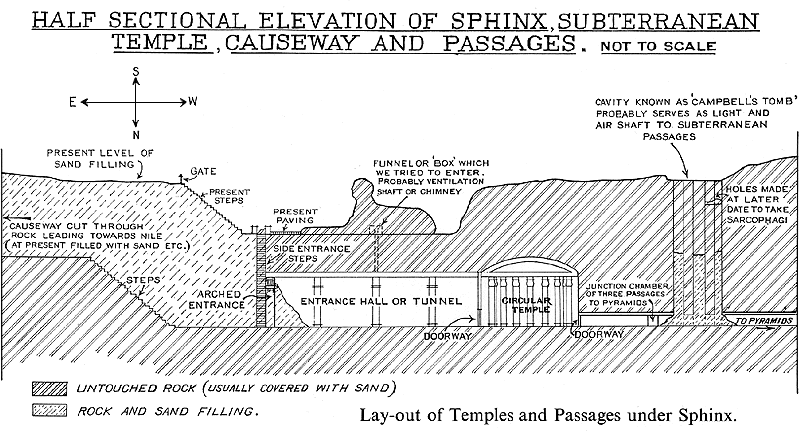
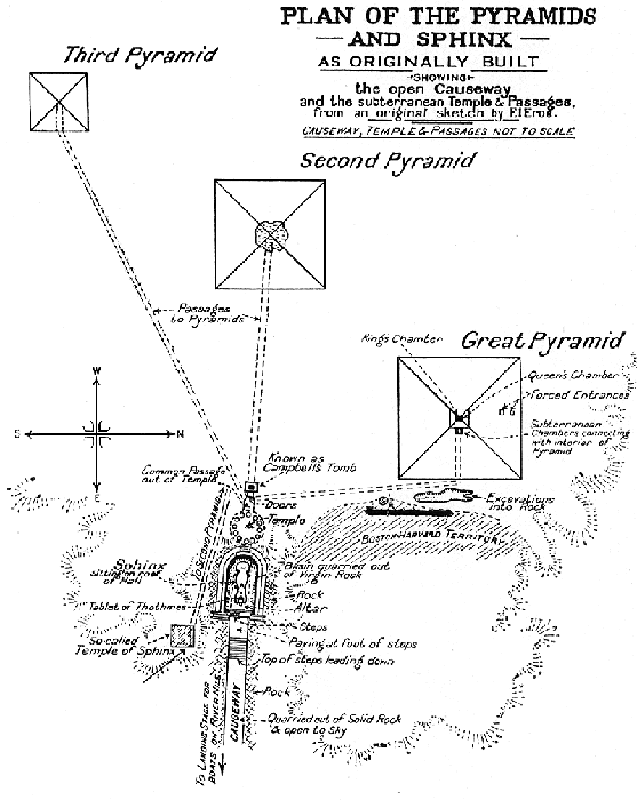
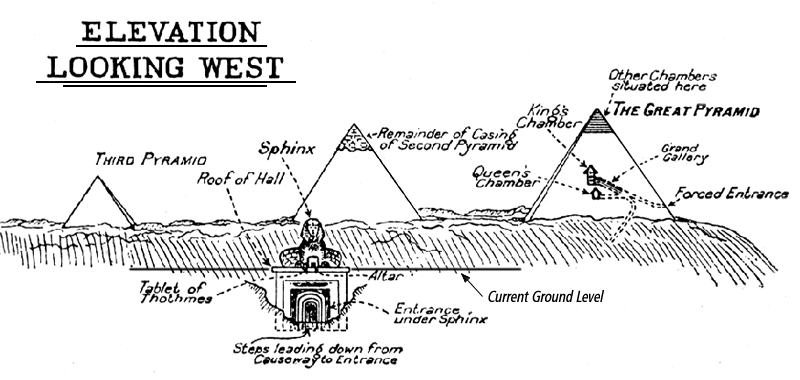
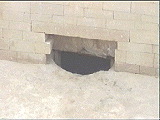

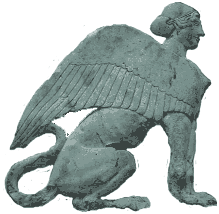

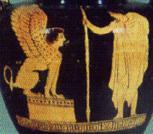



0 comments:
Post a Comment